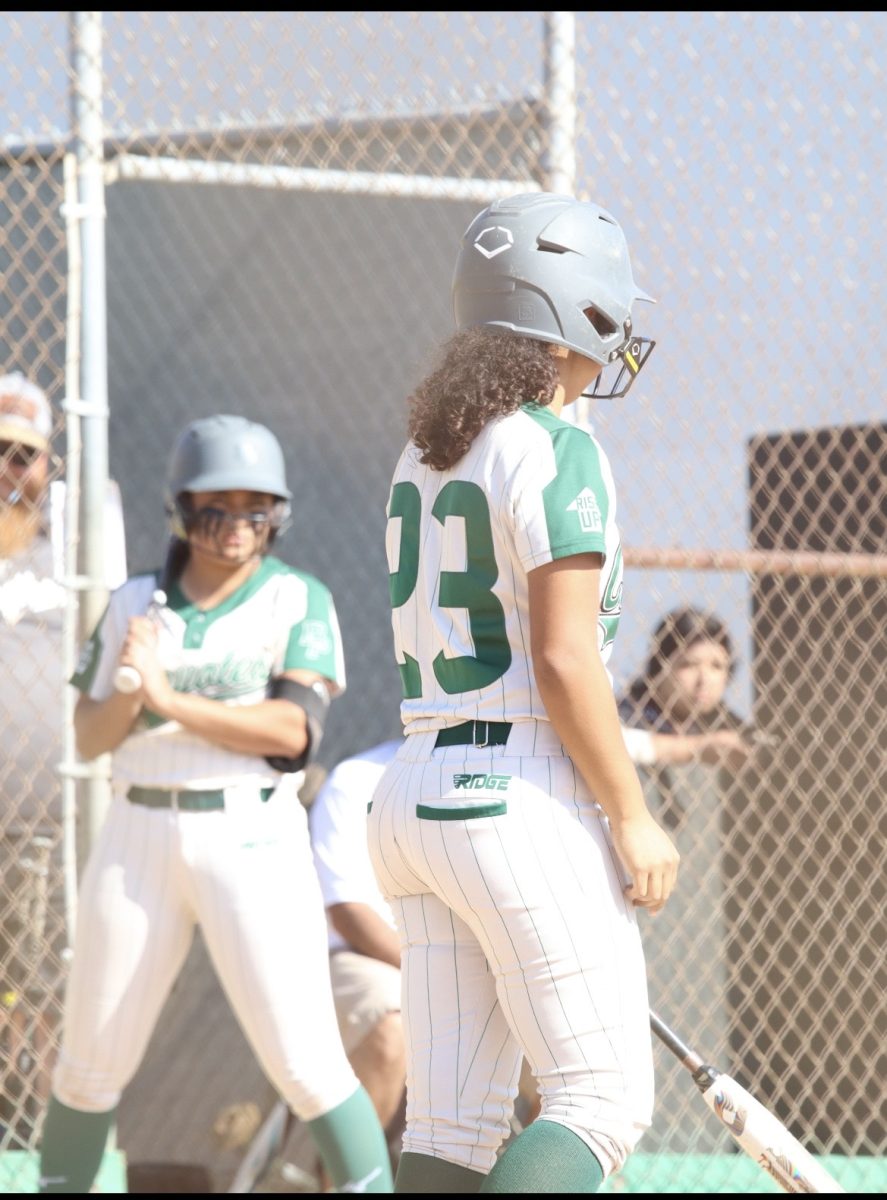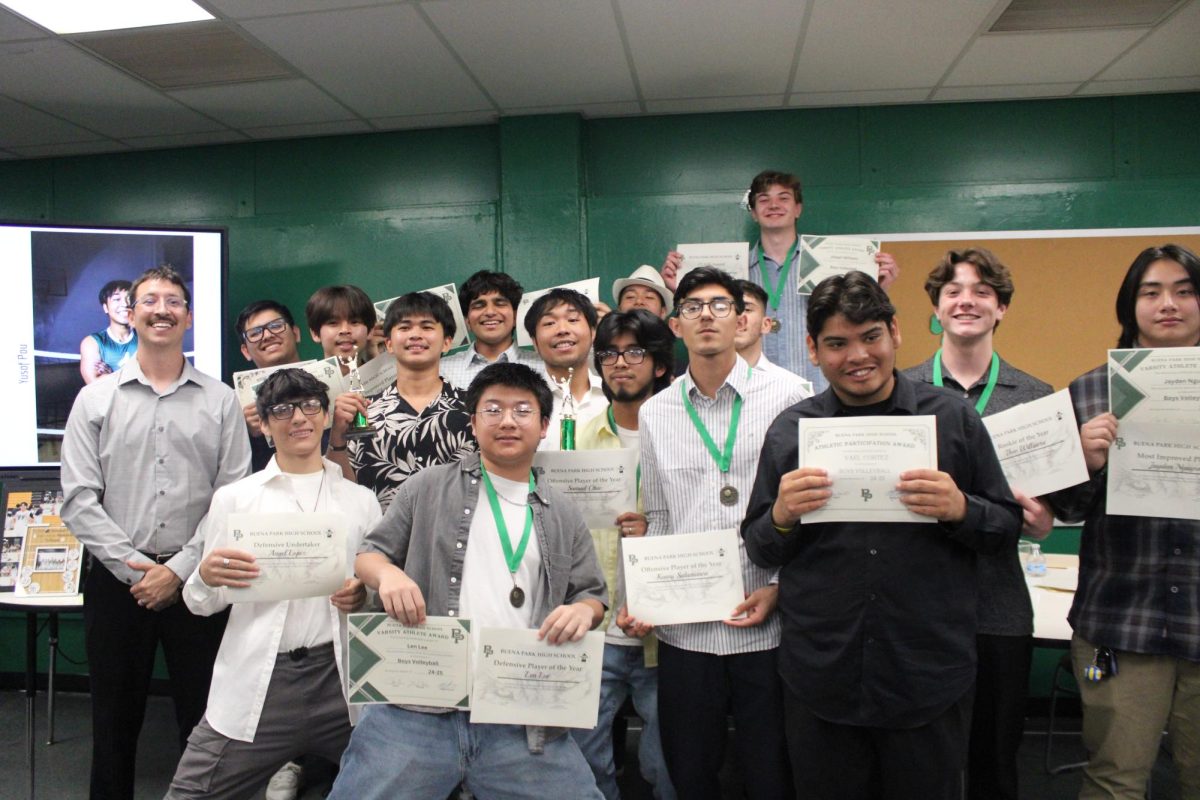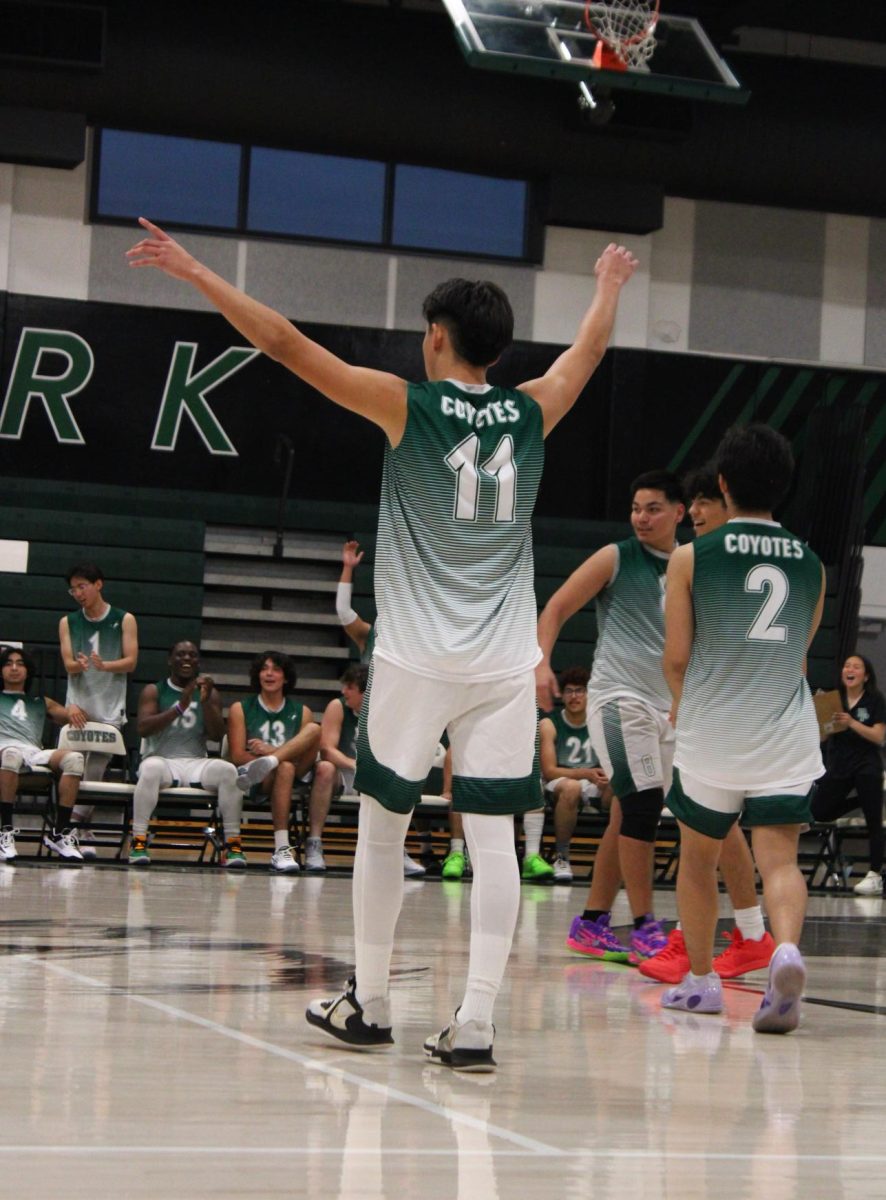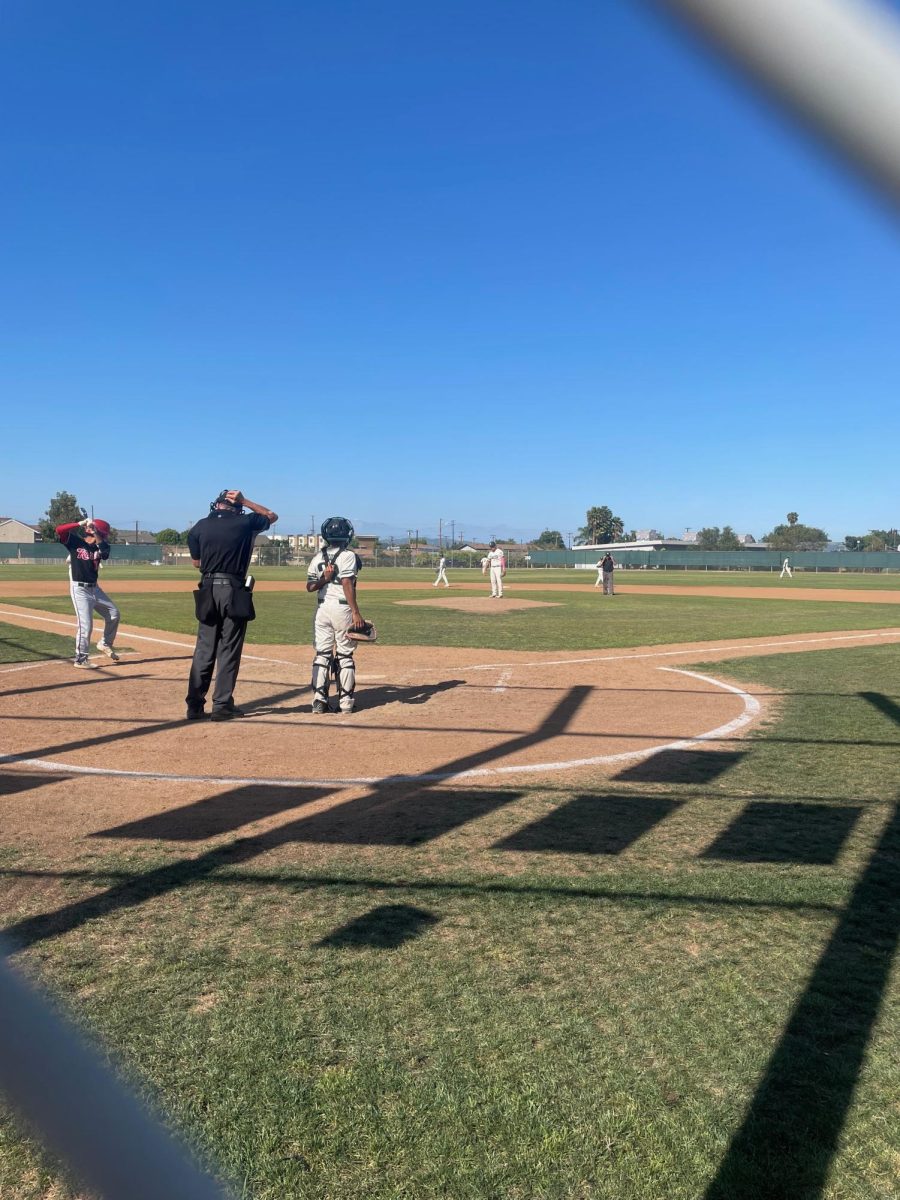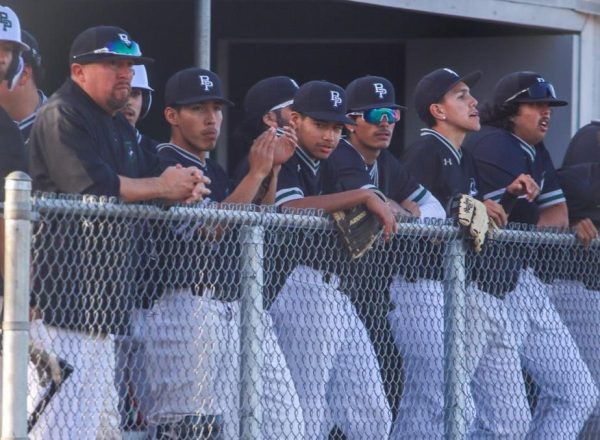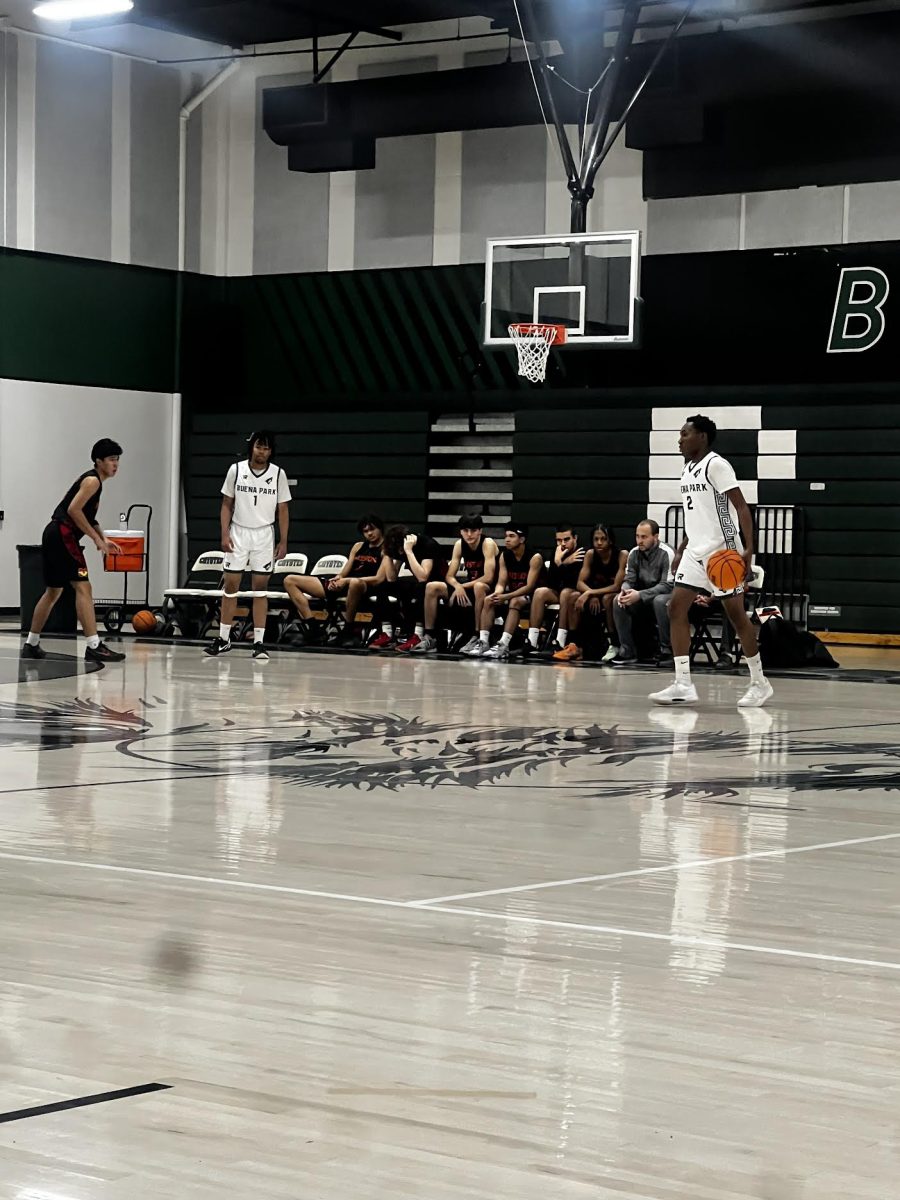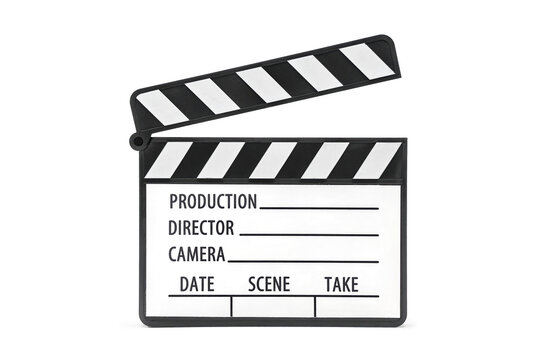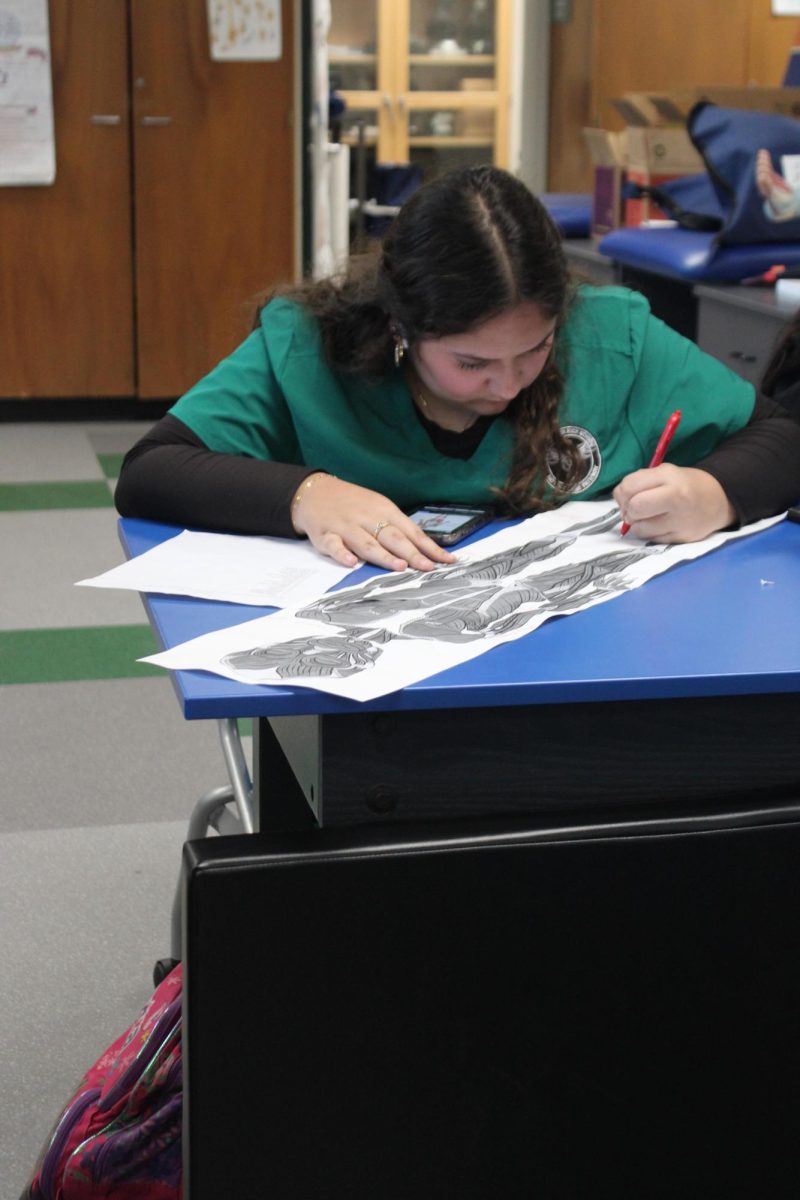Journalism began during the Tang Dynasty, to inform people of what was happening around them. Since then, journalism has become one of the most important practices in society, letting people use their voices and opinions, and has evolved into multiple forms.
When journalism first started, it was not the most accessible form of vocal communication since many people couldn’t read, and the press still was limited as to what they could publish and share with their communities. As journalism first started to become popular, they only had one form of communication which was print that would come out once a day at the most.
In modern-day, news can now be accessed across multiple platforms at any given time, making people more connected not just in their local areas, but across the world. What first started out at having to wait to read the newspaper, has now evolved into being able to connect to the world through many different forms of media at any given time.
Death of Newspaper
Newspapers have served many purposes in providing news to communities, but over the past couple of decades, there has been a huge decline in the number of local newspapers in the U.S. From 2008 to 2020, the number of journalists has decreased by almost half, and in 2022, 131 newspaper closures over 77 countries have either closed down or merged as a result of the number of newspapers decreasing.

Many newspapers are decreasing their circulation because of the vanishment of readers. The decrease in print readers is even faster than the decrease of print papers. This is due to the readers’ preference of choosing to get their news online and also the choice of the business decisions of newspaper owners. Many businesses have had to stop delivering newspapers out to rural and suburban areas due to their decrease in profit, leaving many communities at risk of becoming isolated news deserts, meaning that they’ll live in oblivion to what’s happening around them. This is because as newspapers close down, nothing comes in to replace them.
The decline of newspapers not only affects companies and people’s jobs, but it also affects more vulnerable communities. Newspapers would link many people and communities together who were overwhelmed by the possibility of isolation. Newspapers help communities reach their full potential because it helps them be civically healthy and inclusive since public journalism helps people be aware of what’s going on around them, helping to guide them to make better decisions in their society. It has been found that local newspapers are the best medium that provides public service journalism that shines light on the biggest and current issues going on around them and gives them opportunities to solve their problems, however, many communities no longer have access to a local newspaper since there’s not enough digital or print revenue to pay for the public service that local newspapers have provided.
Introduction to Radio and Television
Radio and television became the next forms of traditional media outlets and entertainment in the journalism industry. Radio was able to provide audio descriptions of the news like talking about things like art or transmitting music, while television added to the importance of visual elements, so now people didn’t just have to imagine it but they could also see and hear the news, changing the culture of the interpretation of the news.
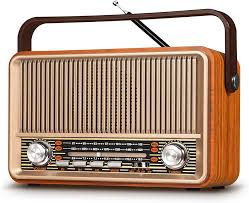
Radio was first introduced in the 1920s. The National Broadcasting Company (NBC) and the Columbia Broadcasting System (CBS) started sponsoring news programs and radio dramas. This became especially popular in the 1930s as people were trying to find humor during the Great Depression, and then talk shows, religious shows, and educational programs followed. Radio started to grow tremendously during the 1930s and the radio started to increase their entertainment with game shows and quiz shows, and during this time the radio was going through the “Golden Age of Radio,” where the radio was the most dominant electronic form of entertainment. By 1940 almost 83% of households had radios and tuned in regularly to the diverse content shared through the radio.
As the listenership over the radio grew, politicians started to realize that the medium could reach the audience in a personal manner. As a result, Warren Harding became the first president who started to regularly give speeches over the radio. President Herbert Hoover also used the radio as a common form of communication and would oftentimes announce government programs on aid and unemployment relief. Most importantly, Franklin D. Roosevelt became most known for channeling the political power of radio, as he would give speeches that would convince citizens of their worth and quiet down their worries about the economy and prevent them from removing money from the banks.
The radio became much more frequent during WWII since people wanted to know what was happening right away over only getting the news once time a day. After WWII they started to use frequency modulation (FM) broadcasting, making the sound quality a lot less static and becoming popular with stations wanting to broadcast speeches or music with high-quality sound.
Television combined both radio and pictures and changed the media forever. People didn’t immediately start buying TVs, but when coverage of WWII started to be covered the purchases started to skyrocket. By the 1950s, the price of television sets had dropped and more television stations were being created and bought by advertisers.

With the new media of television, they were still able to do the same talk shows, game shows, and politician announcements and presidential speeches, except now people were actually able to put a visual to it instead of just listening in. Advertisements became super popular with the rise of television, and it was much more engaging and inclusive towards the citizens since they were more informed on what was happening and there was content that was being made specifically for them.
Journalism in the Digital Age
The digital age has transformed Journalism significantly. News is instantly accessible whenever and wherever you are, and there is now a multitude of platforms where news is provided. Now everyone can report on what’s happening using a variety of tools and platforms and decide what they think is important or not, making the world of journalism a lot more complex.

While traditional news mediums still exist, such as newspapers, television, and radio, many of the news are now being forced to divide their attention to many different forms of both new and old media resources. Technology has allowed much room for the experimentation of new ways of delivering news, and now many stories are multi-media with a combination of text, videos, photos, and graphics. This is especially common in the younger generations who are used to consuming information more visually than through words or conversations.
Digital technology has also opened doors for citizen journalists, and there are no longer any traditional gatekeepers of journalism and there’s no longer anyone who is in full control of whatever news goes out to the public. Now anyone with a phone or computer can take a try with journalism and have their voice and opinions heard.
Social media has been able to connect people in a way that traditional journalism has never been able to do, people from all over the world can connect and hear other people’s opinions and take on events which creates a more diverse social world. Social media has given journalists more opportunities to advertise their name, create a more personal connection with their viewers, and allow news to travel faster, allowing journalists to share tiny pieces of their findings before waiting for their full story to be published, creating a more engaging atmosphere for journalists and their viewers, as well as helping them to build a reputation faster for themselves.
Journalism in the digital age is especially important because, with social media, word travels fast and quickly which could lead to the misinterpretation of messages which leads to false information. Journalists help provide insight on events and provide insight and factual information and help determine what’s true.
Journalism as a “4th Branch of Government”
Journalism acts as a 4th branch of government, holding public officials accountable and informing citizens of public news while having the freedom of speech. Free and independent media allows citizens to hear a diversity of opinions while allowing the public to make informed opinions.
However, recently the question has been raised as to whether the internet is failing the basic values of journalism and that journalism may be at risk due to the lack of quality of information. With the rise in media, many people can be journalists at any time, creating a rise in the amount of information that’s spread, which can lead to false information.
It’s especially important in today’s world to keep the role of the “4th Branch of Government” alive. The importance of putting reliable information out onto the internet has a lot to do with effective communication. To maintain the “4th Branch of Government,” people must be aware of what information is reliable and what isn’t, so that way they can produce quality news for the public that will not only give journalists a trustworthy reputation but will also inform the public with real information.




